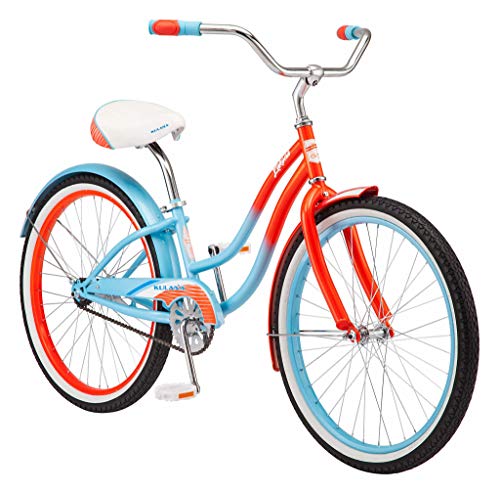There's no regen that adds any significant juice back into the system unless you can find a route that is all downhill. But, then, you wouldn't need a motor, eh?

The "simple" answer to this is: (besides just saying "no, it won't work.")
1 - The physical laws that govern matter and energy determine that you can't input a certain amount of energy into a system and get more energy back out of it, at least not without also converting some form of matter into energy.
(Which IS what you'd be doing if you pedaled, converting food calories into kinetic or mechanical energy - or if you added a gas powered generator.)
You COULD theoretically have a generator that is run directly by your pedals and which produces enough electricity to run the motor.
But, generating electricity that it then turned into movement would require more energy than just using the kinetic energy you converted into electricity. You would have to pedal the generator much harder than you would pedal the bike with no motor or generator, because:
2 - By the time you convert one type of energy to another, there is always a certain amount of loss through friction and other processes that result in unintended conversion of some of that energy into other forms like heat or light, that you cannot practically harness for use.
The generator is always producing less electrical energy than the equivalent kinetic energy it consumes.
The motor is always producing less kinetic energy than the equivalent amount of electrical energy it consumes.
If you could put this system of generator and motor into an incredibly sophisticated laboratory setting where you could turn all the circuits into superconductors, and make all of the bearing totally friction free, you might come closer to "breaking even" on energy use and generation in the system. But, good luck hauling the truck load of liquid nitrogen and anti-gravity device around on the bike.

You might ask, so - WHY do electric cars that use a gas motor to generate electricity get better gas mileage than just using the same motor to push the car?
That motor runs at a more efficient constant speed, trickling juice into the battery gradually instead of speeding up and slowing down as the car does. It's also a smaller motor since it does not have to produce great bursts of power, just a steady trickle of power that gets saved up and released in bursts from the battery as needed. A smaller motor has less weight and less inertia working against it when it runs at a constant speed. There are other factors, but these kinds of factors all result in a more efficient transfer of energy from the motor into moving the car.
Bottom line - using a generator on an electric bike to make more electricity? Not gonna happen without pedaling a lot harder or using a gas motor.
The generator and battery system to make a "hybrid" bike in the same sense as a hybrid car? That's absolutely doable. However, the weight and expense of this using today's technology would not be practical.






























































